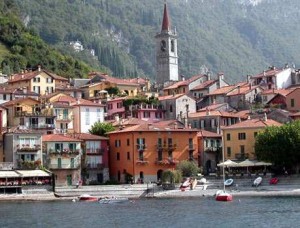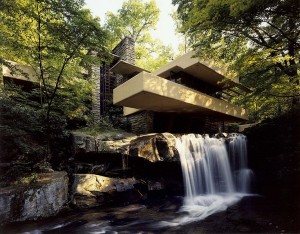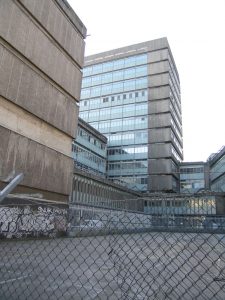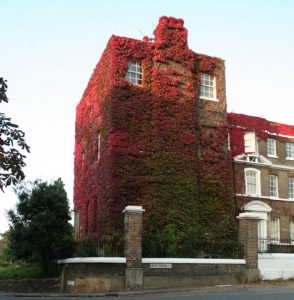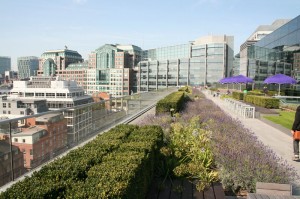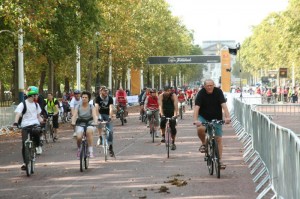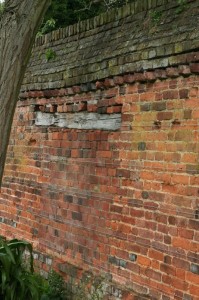
An email arrived today with the comment that ‘My primary interest is in design excellence (aesthetics) & I have been writing about how architecture is an art, and unlike other fine arts it is a practical art: a public art.’ But that ‘… because of the demands of sustainability there needs to be a way of re-thinking how we do architecture, privileging design. Central to this idea is that architecture is functional (modernist programme), sceniographic (post-modernist) and meaningful (post-postmodernist agenda)!?’
I agree that architecture and landscape architecture are applied arts. But in this, they do not differ from garment design, furniture design, etc. All should be functional and are best when they have high aesthetic quality. Sustainability considerations apply to each of these arts: if the world is running out of resources then we need to be more economical. This is, amongst other things, an argument for using lime mortar instead of cement mortar. Lime bonded brickwork and stonework can be disassembled, allowing design changes the the reuse of materials.
The public aspect of some applied arts raises other issues. The furniture in my home would seem to be entirely my own concern. But if I want to build a tall modern building in a medieval village then this becomes a matter of legitimate public concern. Ditto for the Martha Schwarz post-modern amhphitheatre in Castleford, especially because a bunch of idiots dipped their hands into the public purse to fund the park.
‘Meaning’ is another issue. A modernist approach to the Castleford Park would have been to discover what people wanted for the space and then make provision for their activities. The postmodern approach, as used by Schwarz, was to give the space a ‘meaning’. I do not know what words she used – could it have been to ‘echo a Roman approach to open space design, as exemplified by the Colisseum’ – but they must have been something inappropriate. A post-Postmodern approach to the Castleford park would have involved recognition of the multifarious interests of local people combined with intelligent design leadership. Beliefs shared between the public and the designer would have facilitated their combination. Flying in a US Design Queen might have worked in the context of shared beliefs.

